- Landscape Photography Tips
-

My camera is the first thing I pack when I travel. I’ve always wanted to travel, it was the thing I wanted to do most, but I never dreamed photography would rival my passion for travel, or become the passion that enabled my travel.
Having recently returned from a Canon Collective photo safari in Namibia I have had the great fortune of travelling with the sole purpose of seeking out the ultimate landscape shoot. Hosting 12 guests, we spent four days shooting in Sossusvlei where we worked to capture the perfect landscape photo; think dunes for days, bright skies, glowing oranges and reds, it really was a photographer's playground.
I enjoy exploring new places and spaces and I often find myself in awe of Mother Nature, so naturally I’ve found my niche shooting landscapes.
Emma Desira
Whether you’re heading abroad, across country or just to your favourite spot down the road the landscape photography tips that follow are applicable to any landscape scene you seek out.
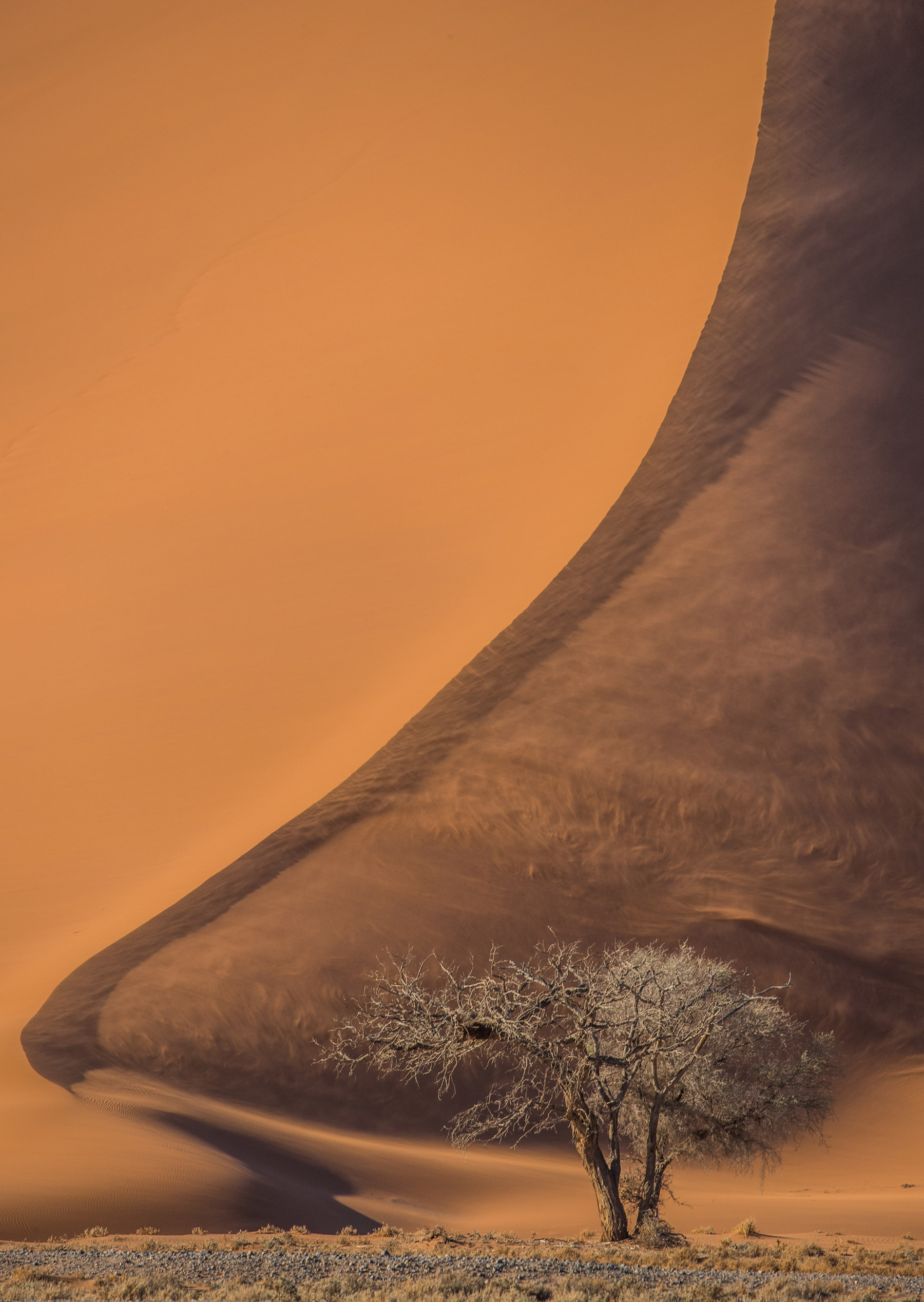
As a landscape photographer a great deal of time is often spent seeking out the optimum location. When I’m scouting my location I’m often looking for a place that portrays a sense of space and depth or a location that has an interesting subject matter. If I'm at an iconic location I consider how I can create something that is different and unique, rather than replicating shots that I have already seen. Be sure to also scout your location under different lighting conditions, the same location can look significantly different at various times throughout the day. Quite often success comes from shooting the same landscape on many occasions, don't forget that you are shooting the splendour of nature and no two days are the same.
I’m often asked which lens should I use? When we shoot a landscape typically our subject is quite a distance away from us and we are capturing a wide amount of space. As such landscapes are often shot at shorter focal lengths up to approximately 35mm. The 16-35mm range is very popular for landscape photographers, while the 11-24mm appeals to those after an ultra wide option. With that said get creative and experiment; throughout our time in Sossusvlei I primarily shot with the 100-400mm and a 24mm TSE lens, neither are your typical landscape choices but I was delighted with the results from both.
If you are a beginner looking for landscape photo tips and wanting to move beyond Automatic, try a semi automatic exposure setting like Aperture Value, or AV on your exposure dial. In this mode you have the ability to select the desired aperture while the camera balances out the available light to ensure a nice even exposure. Your aperture selection is particularly important for landscape photography as it impacts your depth of field. When shooting landscapes I’d recommend f/8 - f/14, just remember the narrower the aperture (f/14) the greater your depth of field.
Where possible keep your ISO nice and low, ISO 100 is typically my preference, especially when I am set up with a tripod.
When shooting in a semi automatic exposure mode like AV, exposure compensation can be useful for when you want to finesse your exposure making the image brighter or darker. On most Canon cameras this can be achieved by adjusting the Quick Control Dial or the Aperture/Exposure Compensation button (AV+/-). By adjusting and therefore compensating to the + side the image gets brighter while adjusting to the – side makes the image darker.
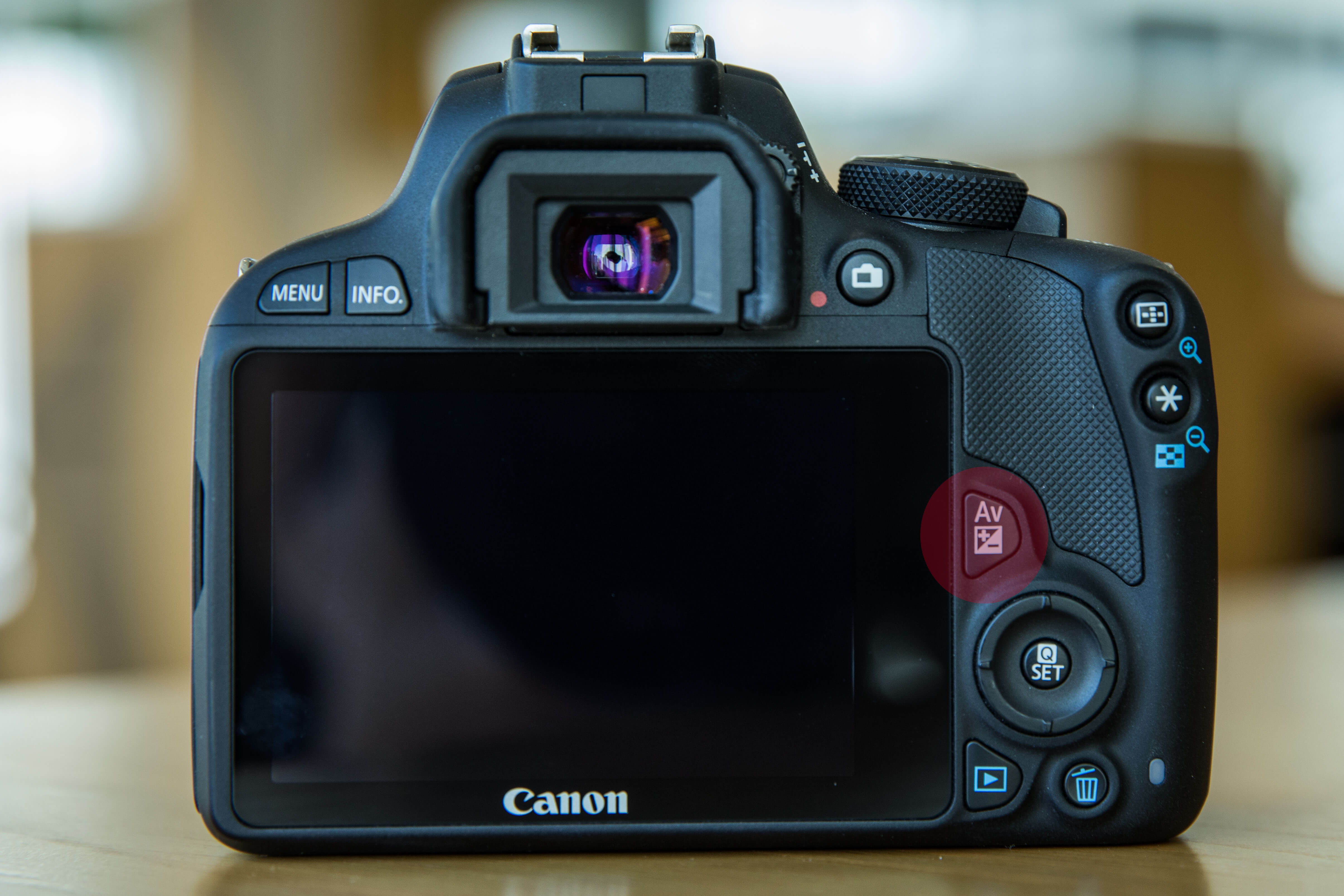
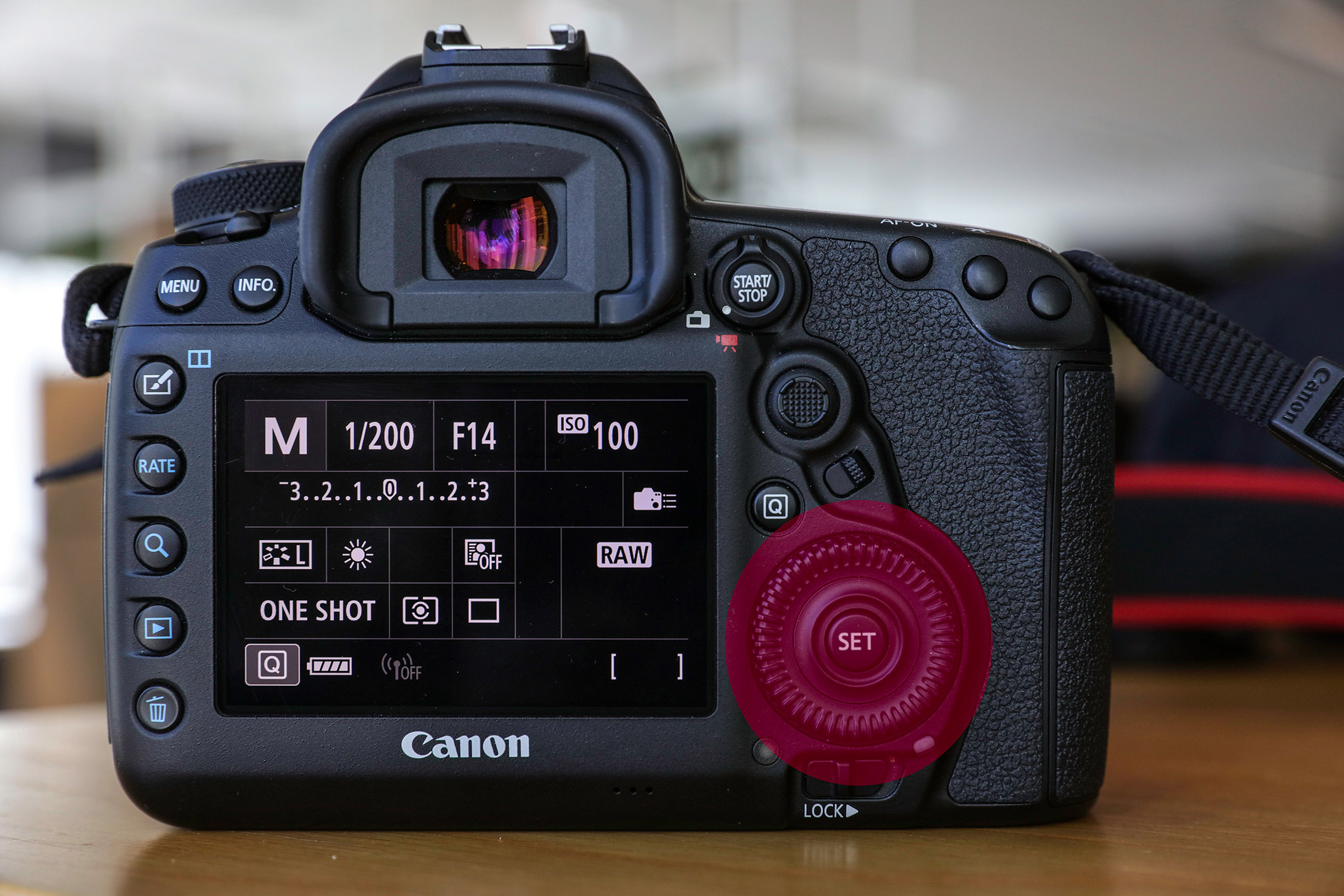
For those more intermediate and advanced photographers experienced shooting in a Manual Exposure mode, your aperture and ISO settings can remain consistent with the suggestions above, (ISO 100 and f/8-f/14). Once I’ve selected my ISO and the desired aperture, these two settings will typically remain consistent throughout the shoot, while my shutter speed serves as the variable.
To make the image brighter, the shutter speed needs to be slowed down and conversely, to make the image darker the shutter speed needs to be increased. In order to make these judgments I am typically guided by the camera's internal light meter or histogram. I find the histogram particularly useful when I need to ensure I am capturing details at both extremes of my exposures; the brightest and darkest points in my image.
I was always taught that a good exposure has detail in the shadows and detail in the highlights.
When shooting landscapes I always travel with a sturdy tripod as it allows me to shoot with slower shutter speeds in low light. A landscape shoot at first light or last light, often requires shutter speeds between 20-30 seconds. During the exposure the tripod minimises any potential camera movement. The use of a cable release or utilising the cameras in-built two-second timer can also further limit potential camera movement. Without the ability to shoot with slow shutter speeds in low light, much higher ISO’s and wider apertures will be required in order to balance out your exposure. Sometimes this is inevitable for example an Astro Landscape shoot.
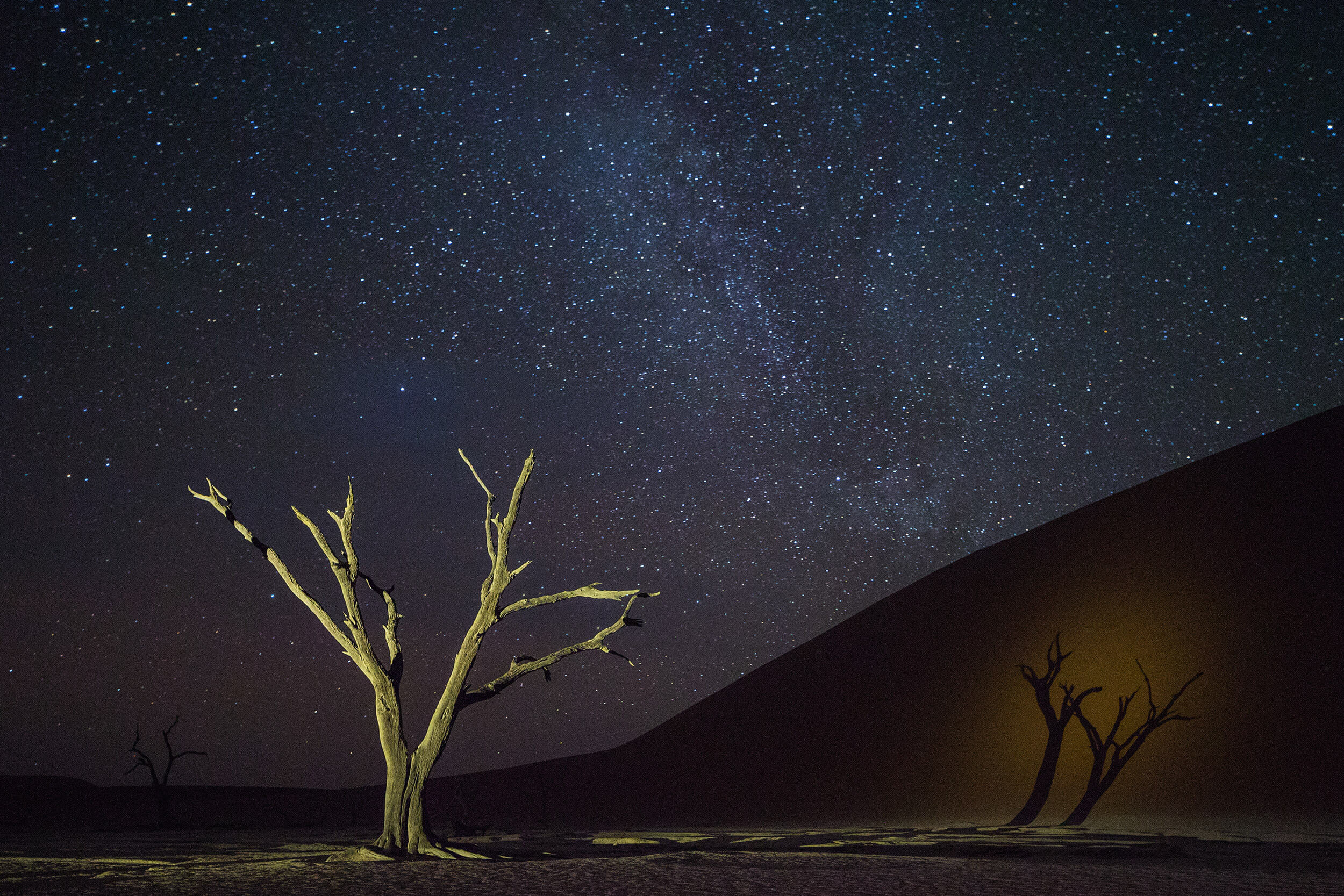
A tripod paired with the use of ND filters also has the added advantages of shooting with slower shutter speeds during bright daylight to add a sense of movement to your images. To really create a sense of movement, try shooting in bulb mode and experiment with exposures that go beyond 30 seconds.
Over the years I’ve learnt that the difference between a good photo and a great photo often comes down to composition.
The rule of thirds can be a great place to start if composition is new to you. Simply put, if you divide your frame of view into thirds vertically and horizontally you will find four intersecting points. By utilising the intersecting lines and points as a guide to position your subject matter you can craft a well balanced image. Landscapes often incorporate a horizon line; consider how the rule of thirds can be used to position your horizon line. If you utilise the top thirds typically you accentuate your foreground, while placing the horizon line on the bottom third accentuates your background.
We composing my images I also think about how I can incorporate design elements such as line, shape, space, texture, form and tone to add another dimension to my image. These elements can often bring a sense of direction to a shot or help frame the shot.
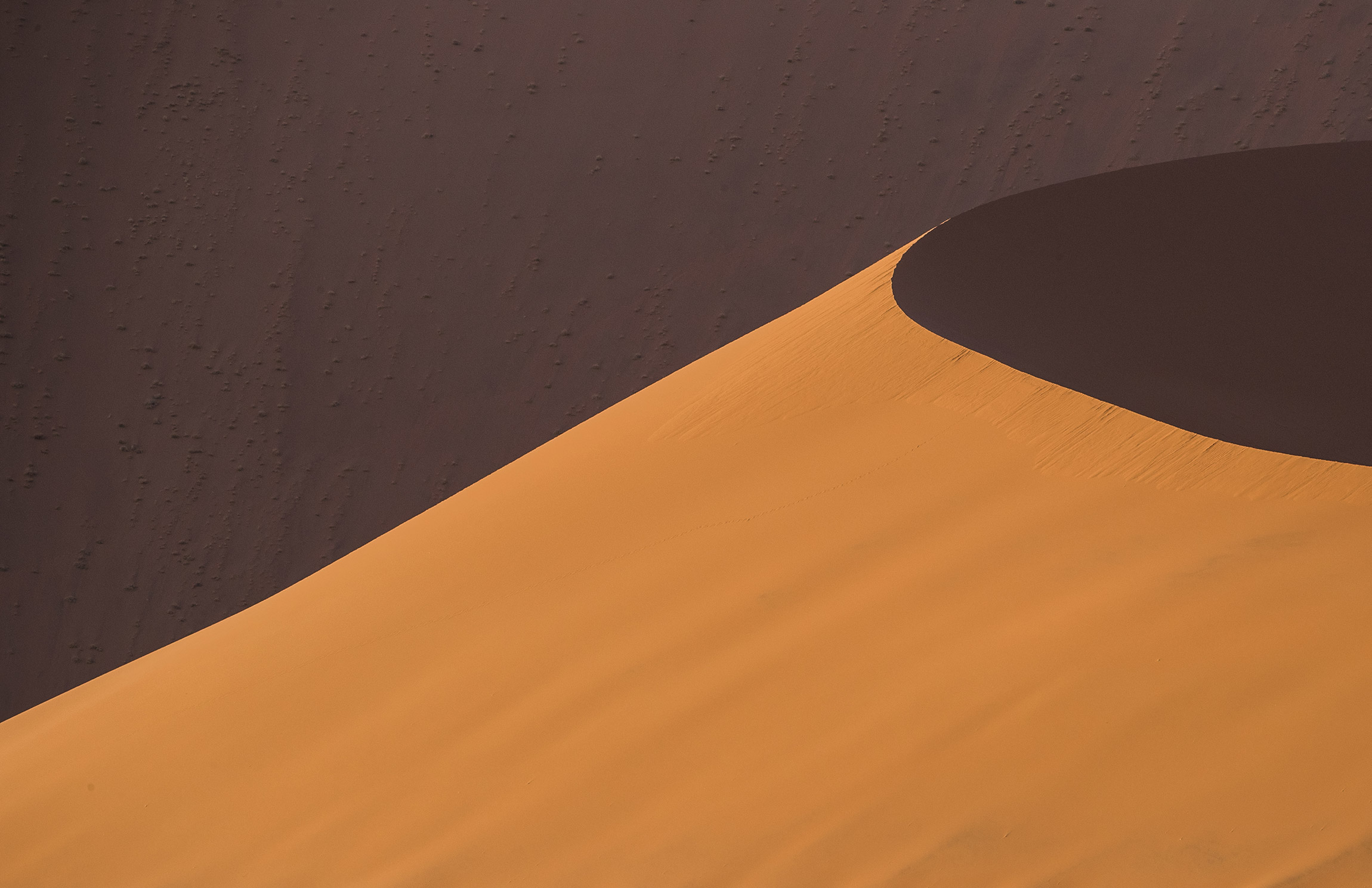
Considering your positioning can also be another way to increase the compositional strength of your image. Typically when we shoot we raise the camera to our eye, thus creating an image of what we see. By shooting from a higher or lower angle you can create something just a little bit different, in these instances a small shift up or down, left or right can often make all the difference.
Your use and understanding of light can often have the most profound impact on your images. Using the right light, and knowing when to shoot can often transform a good image into something truly spectacular. Practice the art of looking, and observe your surroundings paying attention to quality and direction of the light even when you don’t have a camera in your hand. Often light is fleeting, have you ever parked the car and ran through the landscape to get just the right vantage point at just the right moment? The practice of observing light will help create familiarity so when you are out on location with your camera, literally chasing the light and under pressure you will know exactly what to look for to craft a spectacular image.
Above all, don’t forget photography is about light.
Now it’s your turn, grab your camera and go and enjoy the beautiful great outdoors. For more landscape tips and inspiration head here.
Happy Shooting.
Emma.
Tips and Images by Emma Desira.

Full-time photographer and content creator, Wil Calabio, shares his travel must-haves and how he takes care of his camera gear while on the road.
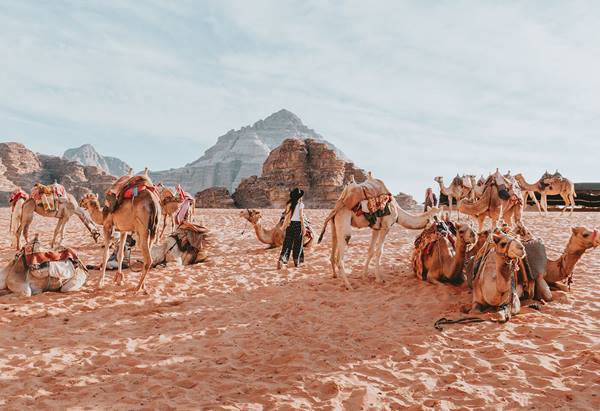
Discover the most spectacular photography locations in Egypt and Jordan with travel tips from Jona Grey.

Get more creative with your DSLR landscape photography with expert tips from two Canon Masters, Jackie Ranken and Mike Langford